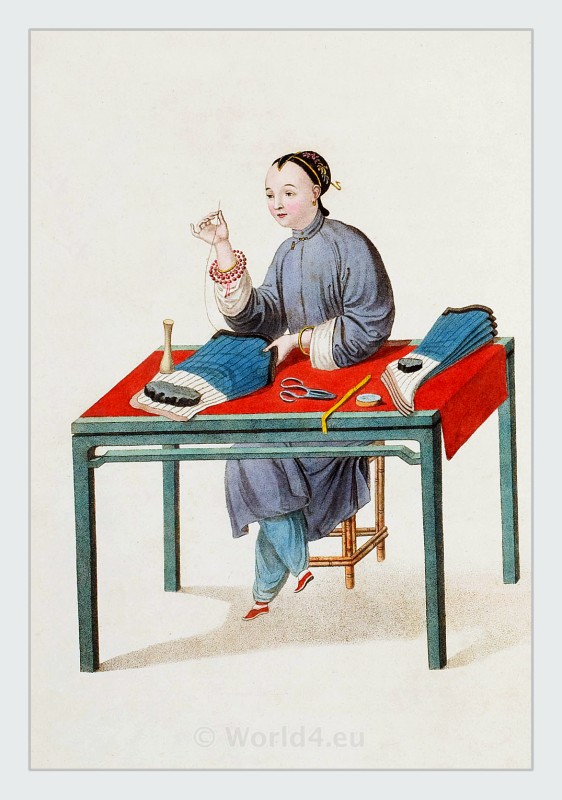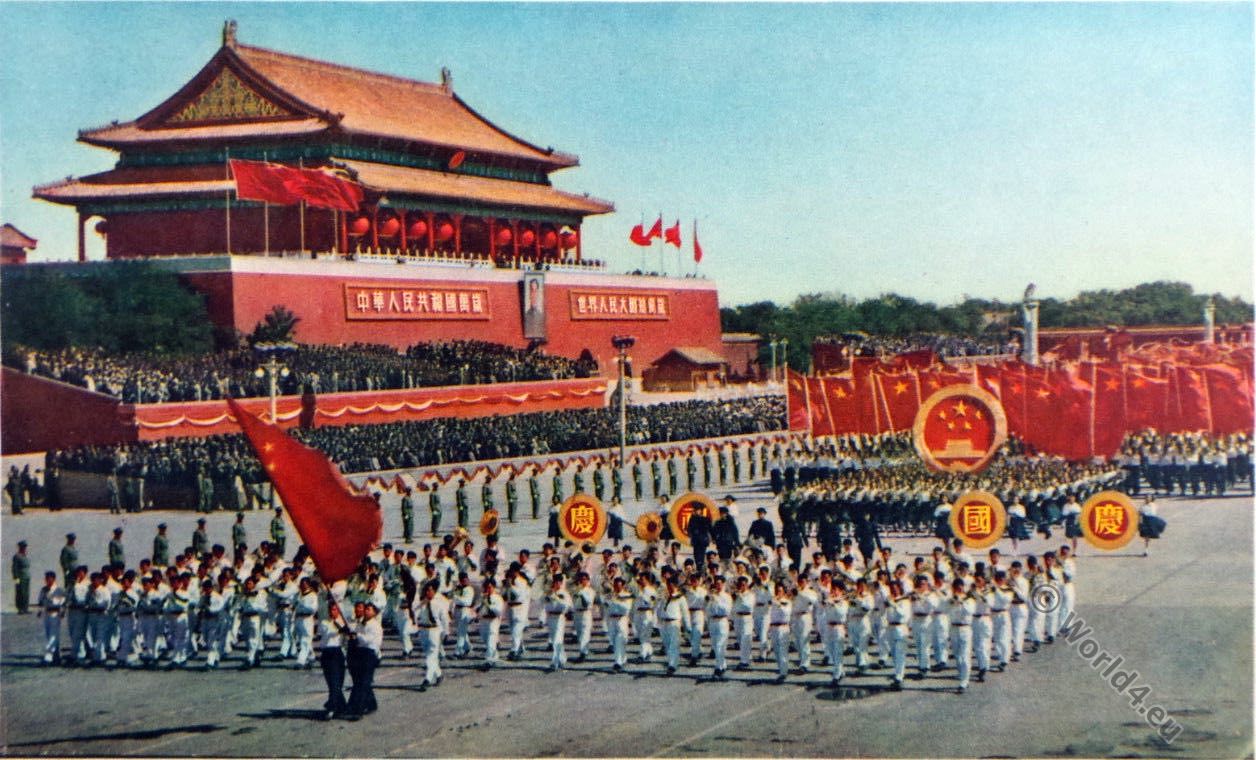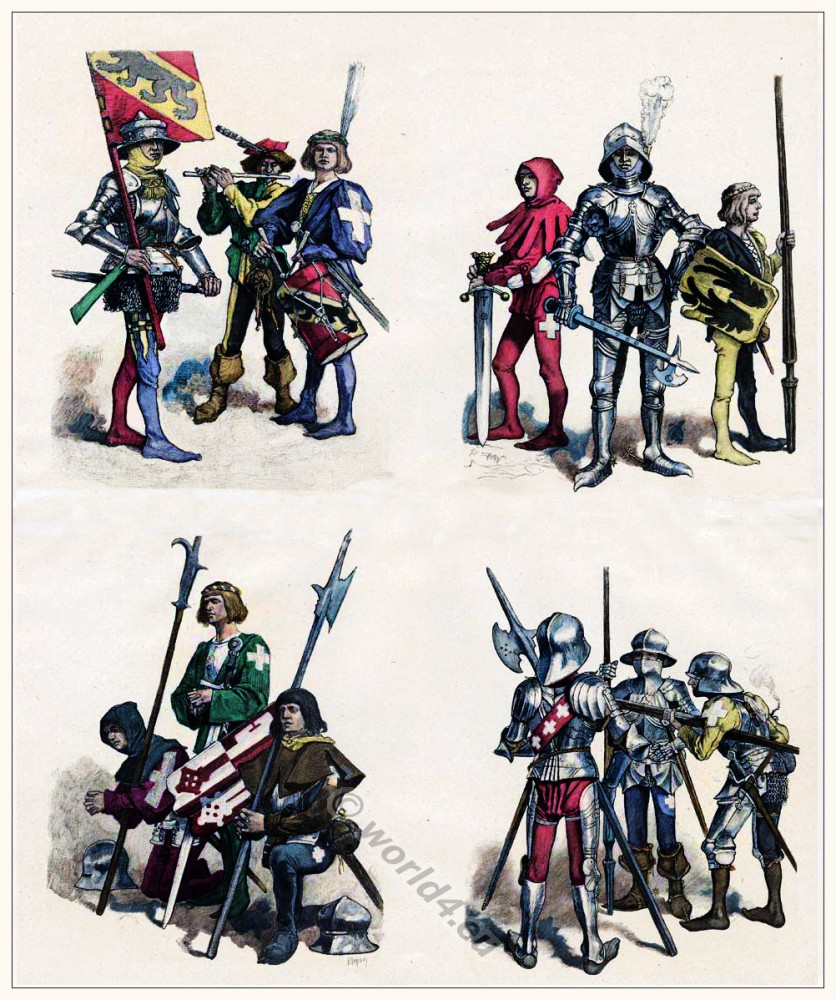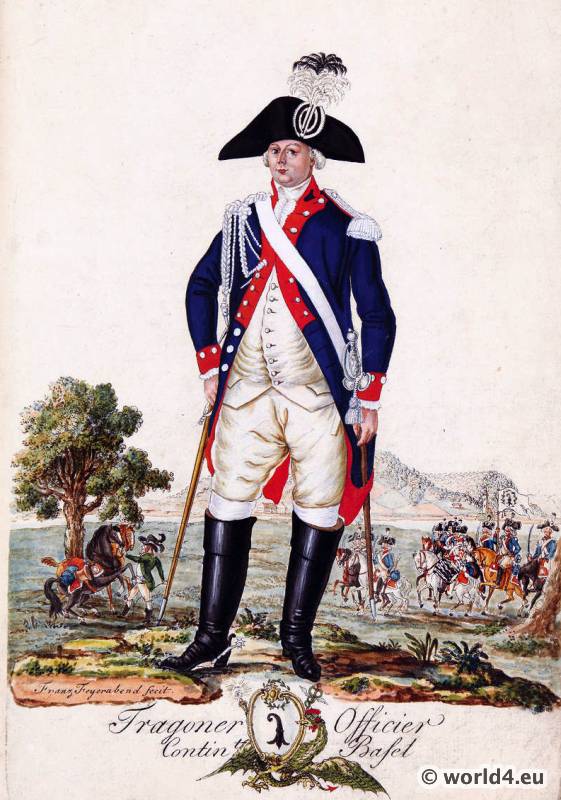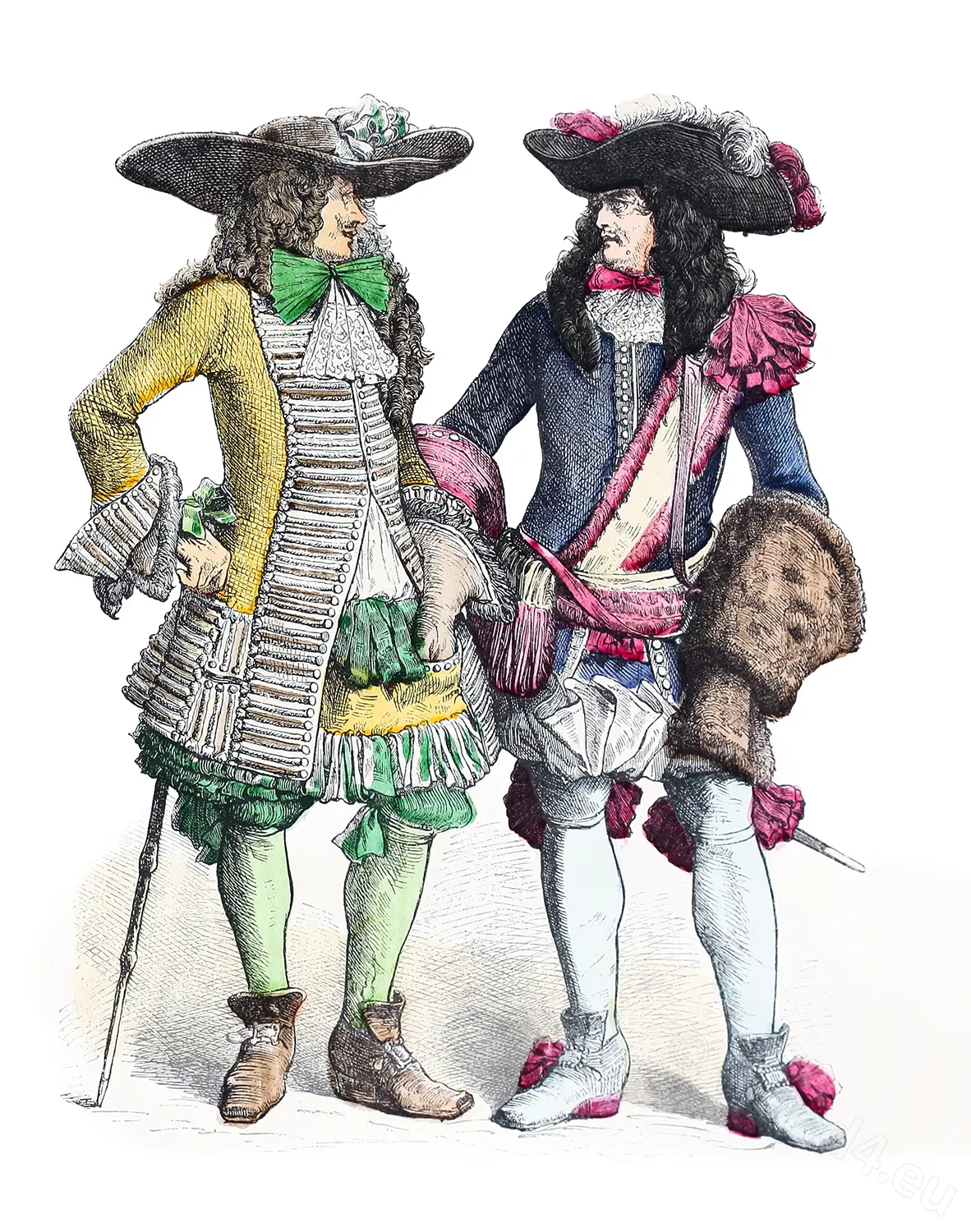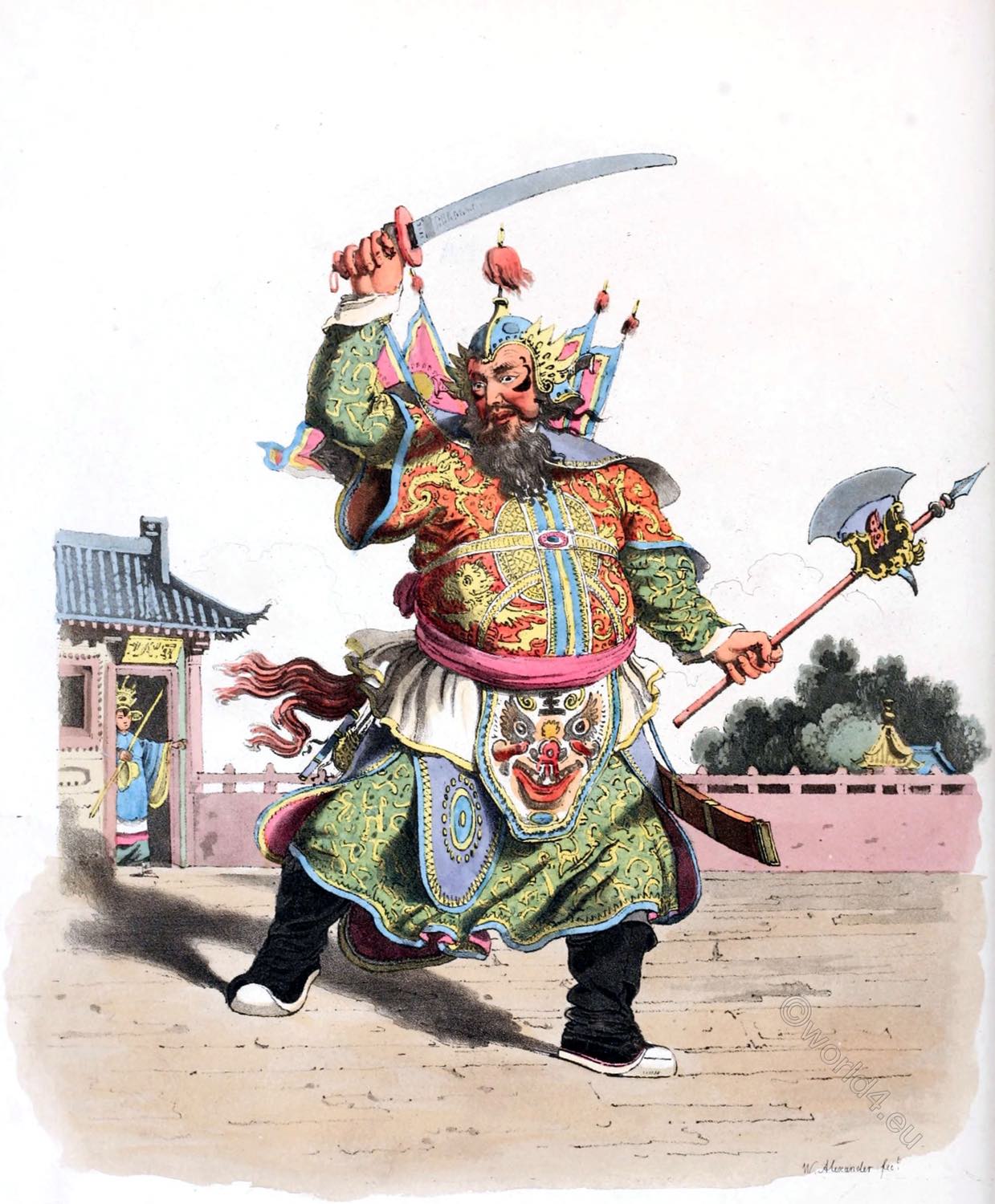
A CHINESE COMEDIAN.
by William Alexander.
Theatrical exhibitions form one of the chief amusements of the Chinese; for though no public theatre is licensed by the government, yet every Mandarin of rank has a stage erected in his house, for the performance of dramas, and his visitors are generally entertained by actors hired for the purpose.
On occasions of public rejoicing, as the commencement of a new year, the birth-day of the Emperor, and other festivals, plays are openly performed in the streets, throughout the day, and the strolling players rewarded by the voluntary contributions of the spectators.
While the Ambassador and his suite were at Canton, theatrical representations were regularly exhibited at dinner time, for their diversion. This character, which the Interpreter explained to be an enraged military officer, was, sketched from an actor performing his part before the embassy, December 19, 1793.
These entertainments are accompanied by music: during the peformance of which, sudden bursts, from the harshest wind instruments, and the sonorous gong, frequently stun the ears of the audience.
Females are not allowed to perform: their characters are therefore sustained by eunuchs; who, having their feet closely bandaged, are not easily distinguished from women.
The dresses worn by players, are those of ancient times.
Source: The costume of China, illustrated in forty-eight coloured engravings by William Alexander (1767-1816). London, William Miller, Albemarle Street, 1805. Plates also published in Bazin de Malpière’s La Chine; moeurs, usages, costumes. 2 v. Paris, 1824-27.
Continuing


